Is the BR-V even remotely adequate for Malaysian needs? Colleague Anthony Lim asked me this via chat while I was seated in the middle row of the Honda BR-V, heading back to KL from the media drive in Penang. His tone was skeptical, and while he drives a hatchback with very little space and plenty of horsepower, I suspect there are many regular (and less focused) punters out there wondering the same.
Personally, I had some doubts to clear up too, and a drive to the Pearl of the Orient and back did the job for this writer. Launched in early January, the seven-seat BR-V has an order book that’s bulging with close to 9,000 names so far, exceeding Honda Malaysia’s expectations and creating a two-month waiting list. So many people can’t be wrong, or can they? We find out.
The “Bold Runabout Vehicle” was first seen as a mildly disguised prototype in August 2015 at the inaugural GIIAS show, and production started in early 2016, the year that also saw the SUV-styled people carrier rolled out in Indonesia, Thailand and India. The BR-V was launched in Malaysia in January this year, and ours is locally assembled at Honda’s Melaka plant.
The BR-V shares its basic platform with the Brio hatchback and Mobilio MPV. In Indonesia, the latter is Honda’s core product that battles the Toyota Avanza and Suzuki Ertiga in the Low MPV segment, the market’s largest. One can view the BR-V as an SUV-styled version of the Mobilio, offering MPV buyers a little more design spunk and outdoorsy appeal for slightly more money.
Creating such a car makes sense. If you’ve been stranded in space, SUVs are the hottest things in the car world now, and the rise in appeal cuts across all sizes and segments, from supermini-based crossovers like the Renault Captur to high-performance giants from Porsche and Range Rover.
MPVs on the other hand, have seen a big decline in popularity in the rich world, so much so that Renault has morphed its Espace – often credited as the pioneer MPV – into a crossover. Locally, the rise of the SUV has reduced the once vibrant C-segment sedan into a largely forgotten one, till the latest Civic came along.
Take the space and functionality of a budget three-row MPV, give it SUV looks, and you’re likely to arrive at a winner then. Of course, this isn’t a new idea – and in our region, Toyota was first to it with the Avanza-based Rush – but the BR-V arrives at a time when the SUV iron is glowing red. The brand itself is on a purple patch, too, which makes the timing doubly good.
The BR-V slots under the HR-V and CR-V in Honda’s lineup. However, the cheapest and least sophisticated “SUV” in the family is the only seven-seater, and its rivals in the local arena are traditional three-row MPVs. The Toyota Avanza and Nissan Grand Livina are stalwarts here, and national brands are represented by the Perodua Alza and recently launched Proton Ertiga. The Toyota Sienta, introduced in August last year, tops the budget MPV segment at close to RM100k.
The BR-V is plenty of car for the money (RM85,800 to RM92,800). At 4,456 mm long and 1,735 mm wide, it’s 162 mm longer than the HR-V, but 37 mm narrower. The BR-V’s 2,662 mm wheelbase is 52 mm longer than the HR-V’s, and its roof is also 61 mm higher. A high ground clearance is useful for urban warfare, and the BR-V’s highest in class 201 mm is 31 mm more than the CR-V’s.
Under the clamshell bonnet is the familiar 1.5 litre i-VTEC engine that puts out 120 PS and 145 Nm of torque at 4,600 rpm. This SOHC engine is the one used in the Jazz and City, and like the B-segment duo, the BR-V uses the firm’s Earth Dreams CVT automatic to channel drive to the front wheels. Barring a few exceptions (1.6L Livina, 1.4L Ertiga), the 1.5L engine size is the heartland of the segment.
Honda’s efforts to beef up the BR-V for SUV duty is rather comprehensive. The entire body is underlined by black plastic cladding, including on the wheelarches, and our V spec tester adds on silver trim on the front and rear bumpers to mimic skid plates. The latter is black on the E, with a toothed design. Functional roof rails (30 kg limit) add to the adventure image.
While the Mobilio in latest facelift form follows the template set by Honda’s sedans, the BR-V gets a unique fascia that reminds this writer of the third-generation CR-V and its double grille. The look is more streamlined here though, and the grille is dominated by a large chrome piece, as with other current Hondas.
With LED daytime running lights (which are unique to Malaysian BR-Vs) that merge with the lower chrome piece, black headlamp projectors (halogen) and “whiskers” sprouting from the fog lamp surrounds (fog lamps only on the V), it’s a bold face that’s appropriate for a faux SUV. The optional Modulo kit seen here visually extends the silver bits on the front and rear, and adds metallic trim to the sides, which I feel dilutes the original butch effect, although it’s not as disruptive as on some of Honda’s car models.
The most controversial part of the design is the stepped window line that the BR-V shares with the Mobilio; made more obvious by a character line that points to the switchover, and the positioning of the door handles. The lines that flow back are all in different angles, and the side profile appears incongruous and too busy to these eyes. The 16-inch two-tone alloys and 195/60 tyres fill out the arches nicely, though.
If Honda’s mission was to set the BR-V apart as an SUV in a class of MPVs, I think they’ve succeeded, bearing in mind size and platform limitations – this is a budget seven-seater after all. This writer finds the Sienta’s quirky JDM design endearing, but it stands no chance against the universal appeal of SUV looks.
Inside, the BR-V’s basic dash layout and three-dial instrument panel is similar to that seen in the City and Jazz, but the execution differs. A side-by-side check reveals sharper lines and angles; couple that with the return of the Civic FD’s steering wheel and you get a sportier cockpit than the two passenger cars, which is a pleasant surprise. The leather combination seats in the V spec feature a “belt” design in the centre, Civic FC-style.
It’s easy to get comfortable in the driver’s seat, although the lack of telescopic steering adjustment hints at the model’s budget origins. Save for a thick A-pillar base that makes it hard to “look into corners” in twisty sections – compounded by our tester’s optional door visors – visibility is good. The seating position is car-like, but appreciably higher than in the City/Jazz.
The instrument panel and touchscreen head unit can occasionally suffer from too much reflection during the day, and the HU looks less slick than the one in the top pre-facelift City and Jazz (smaller screen and wider bezel), but we’re nitpicking. The BR-V’s driving quarters is appealing in both design and simplicity.
On the move, the BR-V feels a lot like a City. That might not sound like saying much, but in the context of the budget three-row MPV segment, it’s decently quiet and sophisticated. BR-V large project leader (chief engineer in Honda speak) Atsushi Arisaka revealed that Malaysian-spec cars benefit from additional NVH-improving measures, and an accelerator pedal dampener is one of them.
The usual CVT rules apply. Sink your right foot gradually and you’ll be rewarded by smooth progress, stab at the pedal and it gets rather trashy. We attempted the latter, and the resulting rate at which the speedometer needle climbs is surprisingly fast, although the “pained” howl from the engine means that this should remain an occasional experiment. The BR-V does have decent acceleration in the bag when needed.
Getting up to the highway limit and keeping it there is easy, but we can confirm that the final 20% of the speedo isn’t merely for decoration – the BR-V can be coaxed to cruise at such high speeds.
However, a CVT car is tightly strung at such high revs and the gas pedal gets very sensitive as a result – the slightest prod gets you a boom, and such on-off noises aren’t the most pleasant. High speed stability is relatively good and the BR-V isn’t unduly affected by crosswinds. In any case, this is a family wagon that should be driven sensibly at all times.
Another common question these kind of cars face is “is it underpowered?” We’re not sure how the BR-V would fare with a rugby sevens team, but we had three adults per car and I’d expect the Honda to cope well with a family of five or six, including children. By the way, our V spec tester weighs 1,240 kg, which is between the Alza/Ertiga (1,160/1,185) and the 1,350 kg Sienta with two powered sliding doors. It’s 128 kg heavier than a fully-loaded City.
The BR-V surprised most in the area of dynamics. The Federal Route 1 stretch between Slim River and Bidor is the fastest section of the old trunk road from KL to Ipoh. Relatively new and with two lanes in each direction, it’s a mix of sweeping corners and mild slopes, but the road surface is patchy at the sides and lumpy throughout.
Here, our tall seven-seater exhibited good body control and a stable primary ride that wasn’t too soft or bouncy, which can be the case with cars of its kind. Bump absorption is good, too. We had a chance to try sudden lane change manoeuvres in a controlled environment, and the BR-V acquitted itself very well in the “moose test”, without the intervention of VSA, which is standard across the board.
There’s reasonable feedback from the steering, which is also not too slow. One definitely has to “turn more” in an Avanza/Rush, and there’s significantly more feel here than in the Grand Livina. The most contemporary of its rivals, the Sienta, is the only one not to be outclassed by the BR-V in performance and dynamics – there’s good response from Toyota’s 1.5L CVT combo, the steering is meatier and ride is good, but Honda provides the all-important commanding driving position.
The BR-V is a good drive vis-à-vis rivals, but let’s not forget that its main mission is to move families and cargo. The 60:40 split folding second row bench has slide and recline adjustment, and there are one-motion tumble and fold levers on both sides.
Even with the second row fully pushed back, there’s sufficient knee room for third row occupants, as demonstrated by my paultan.org/BM colleague Hazril Hafiz, who is on the tall side at 180 cm. In the images above, the front seat is set in the happy camper’s driving position, and the middle row is pushed all the way back. Headroom is generous in all sections.
I sampled the middle row on the return leg to KL and appreciated the roof-mounted blower with fan speed adjustment, and room under the front seats for feet to tuck into. This writer particularly liked the BR-V’s low window sill and large windows, things that are getting out of fashion as manufacturers pursue the boxed-in “cockpit” feel. Big windows also benefit children in a family wagon, and we’re happy to report that second- and third-row occupants get a good view out.
The portholes for the third row are fairly large for this type of car, minimising the claustrophobic feel typical in the last two seats. This would not be possible if not for the stepped window line, so there’s a method to the design madness after all.
With the third row seats in place, cargo volume is 223 litres. That translates to two units of cabin size luggage plus a backpack, as stuffed in by us. Seats number six and seven split fold 50:50 – doing so and tumbling them forward expands the boot to 539 litres. However, folding both second and third rows will not yield a flat cargo area – the Sienta, with its “dive in” third row seats, leads the way here.
The BR-V is roomy and practical, five-star ASEAN NCAP rated, drives well for what it is, and is packaged in a trendy SUV body. Is it good enough for the demanding Malaysian carbuyer? Yes. If you’re looking for a budget seven-seater and can stretch to over RM90k, the Sienta and BR-V are good bets; but the latter’s size advantage, SUV looks and lower price tag will clinch it for most. Those who need more sophistication from their SUVs are already served by the HR-V and CR-V, so this is Honda muscling into new territory. What a first shot the BR-V is.
Looking to sell your car? Sell it with Carro.

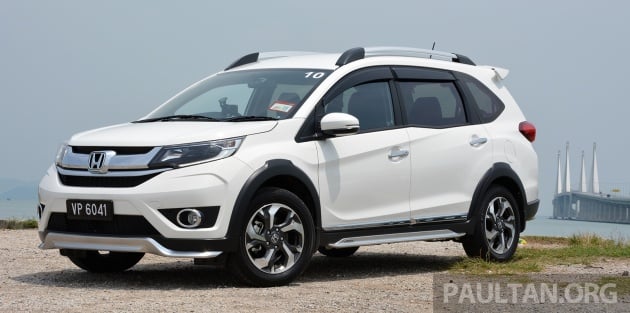
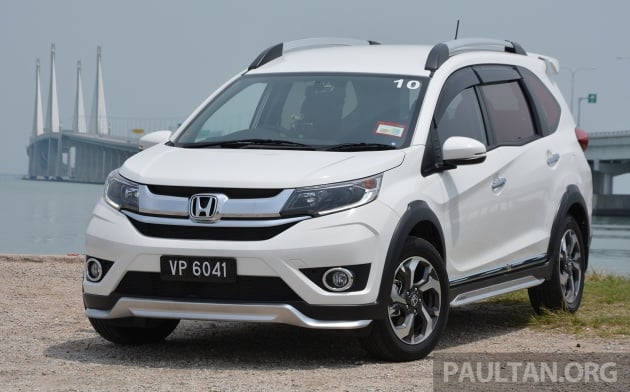
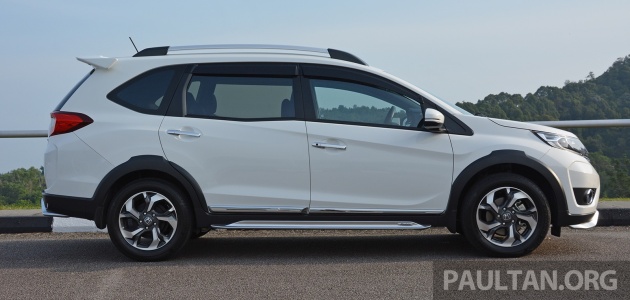



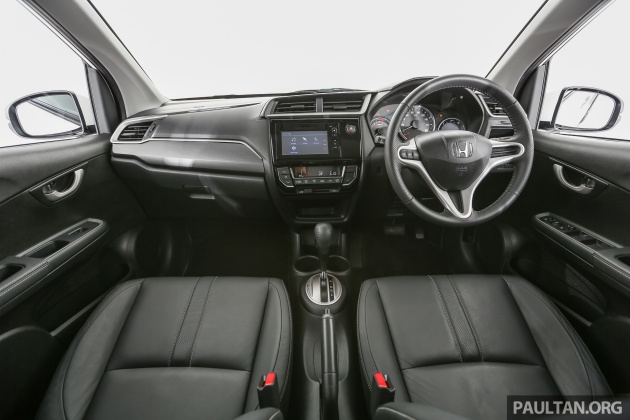


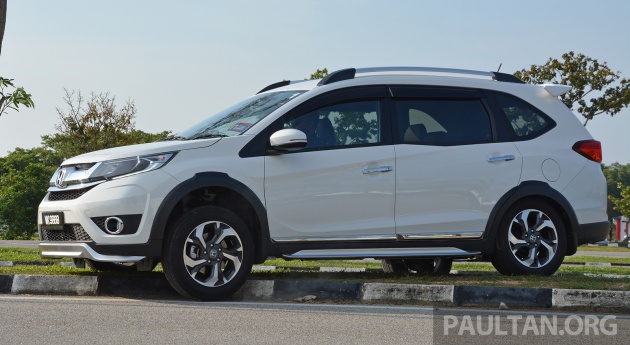
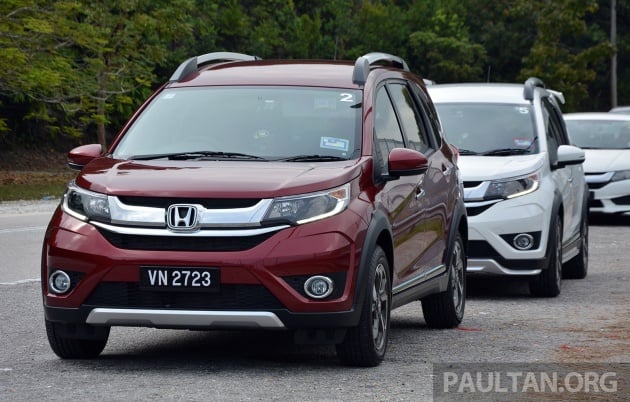






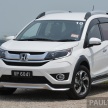
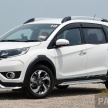
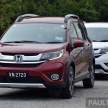
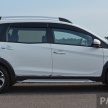
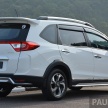
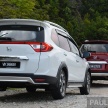
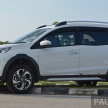
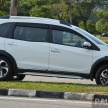
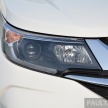
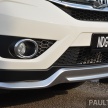
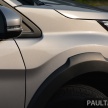
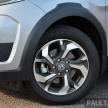
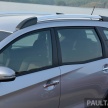
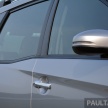
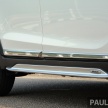
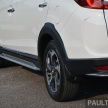
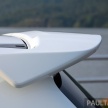
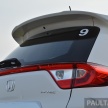
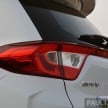
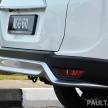
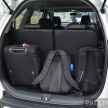

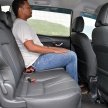


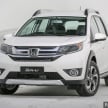


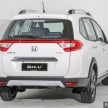
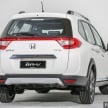
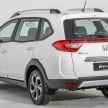
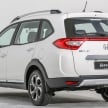
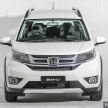
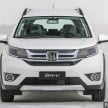
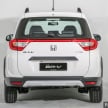
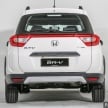
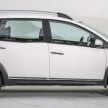


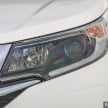


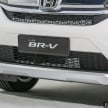
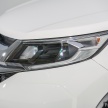
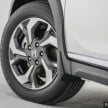
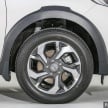
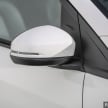
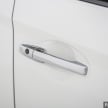
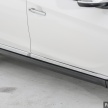

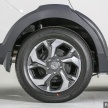
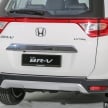
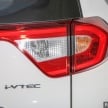
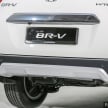
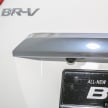
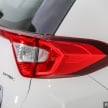
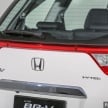
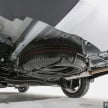

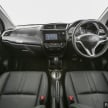
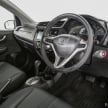
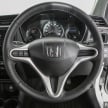
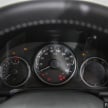
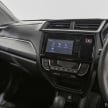
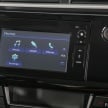
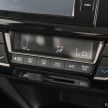

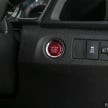
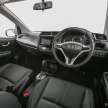
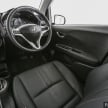
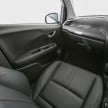
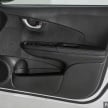
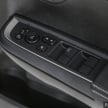
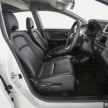
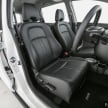
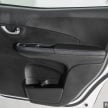
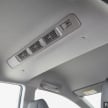
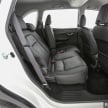
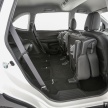
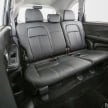
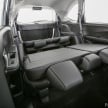
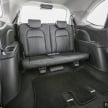
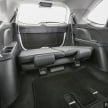
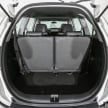
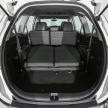
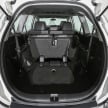
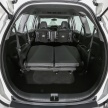
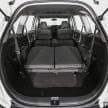
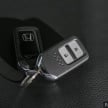



















AI-generated Summary ✨
Comments reflect mixed opinions on the Honda BR-V, with some praising its spacious cabin, high ground clearance, and practicality for families, while others criticize its performance, noisy drive, and unrefined interior design. Several commenters note the car's affordability and value for money compared to rivals like Toyota Sienta and Proton models, though some feel it's overpriced and underpowered with limited safety features like only two airbags. There are discussions about its true SUV status, with many seeing it as an MPV disguised as an SUV, and debate over its performance, fuel efficiency, and features. Overall, sentiments range from supportive appreciation of its space and practicality to disappointment over lack of refinement, safety, and engine power, with some defensive attitudes toward the vehicle choice.